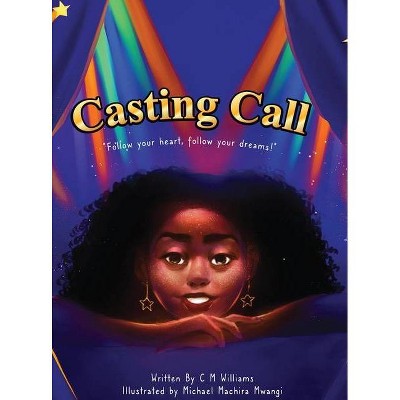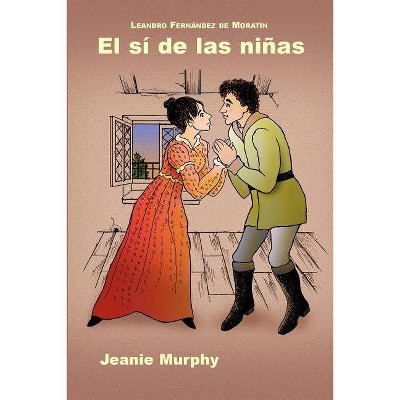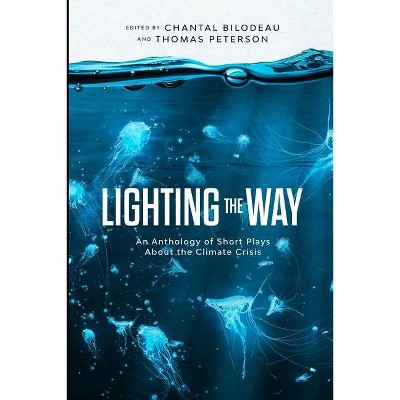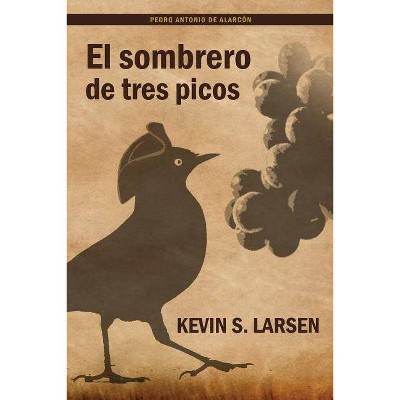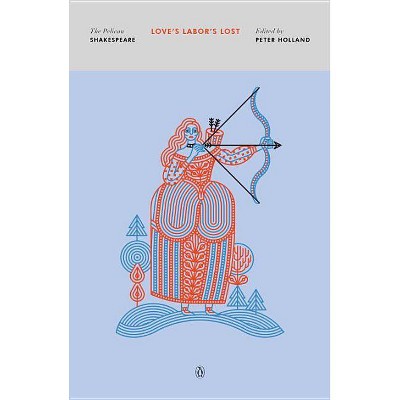The Woman in the Moon - (Revels Plays (Paperback)) by Leah Scragg (Paperback)

Similar Products
Products of same category from the store
AllProduct info
<p/><br></br><p><b> About the Book </b></p></br></br>The Woman in the Moon is the last of Lyly's plays and the only one of his works to be written primarily in verse. Newly edited from the first edition of 1597, this latest contribution to the prestigious Revels Plays series is the first fully annotated, modern-spelling edition of the play.<p/><br></br><p><b> Book Synopsis </b></p></br></br>"This thoroughly annotated volume provides a detailed study of the play's sources. " Patrick Richards, Day by Day His last known work and the only one to be written primarily in verse, The Woman in the Moon is among Lyly's most entertaining plays. Turning upon the construction of the female character, it has been read as highly misogynistic, and as a sixteenth-century feminist manifesto. The biblical version of the creation of woman is overturned in the first scene when the play's supreme deity, Nature, presents her ultimate creation, Pandora (memorably played in 1928 by Katharine Hepburn), to a group of Utopian shepherds, who compete for her love. Their amatory pursuit is complicated by the seven planets, whose attributes have been bestowed by Nature on her new creation, and who decide to take revenge by subjecting Pandora to their influence. The action rapidly develops into a dazzling comedy of intrigue, resulting in both an explanation for the female disposition and the creation of an 'alternative' version of the myth of the man in the moon. Newly edited from the first edition (1597), The Woman in the Moon will be of interest to all students of sixteenth-century drama. It is complemented by generous notes and commentary, as well as a full introduction and stage history.<p/><br></br><p><b> From the Back Cover </b></p></br></br>His last known work and the only one to be written primarily in verse, The Woman in the Moon is among Lyly's most entertaining plays. Turning upon the construction of the female character, it has been read as highly misogynistic, and as a sixteenth-century feminist manifesto. The biblical version of the creation of woman is overturned in the first scene when the play's supreme deity, Nature, presents her ultimate creation, Pandora (memorably played in 1928 by Katharine Hepburn), to a group of Utopian shepherds, who compete for her love. Their amatory pursuit is complicated by the seven planets, whose attributes have been bestowed by Nature on her new creation, and who decide to take revenge by subjecting Pandora to their influence. The action rapidly develops into a dazzling comedy of intrigue, resulting in both an explanation for the female disposition and the creation of an 'alternative' version of the myth of the man in the moon. Newly edited from the first edition (1597), The Woman in the Moon will be of interest to all students of sixteenth-century drama. It is complemented by generous notes and commentary, as well as a full introduction and stage history.<p/><br></br><p><b> Review Quotes </b></p></br></br><br>This thoroughly annotated volume provides a detailed study of the play's sources.<br><p/><br></br><p><b> About the Author </b></p></br></br><br>Leah Scragg is Honorary Senior Research Fellow at the University of Manchester<br>
Price History
Price Archive shows prices from various stores, lets you see history and find the cheapest. There is no actual sale on the website. For all support, inquiry and suggestion messagescommunication@pricearchive.us











